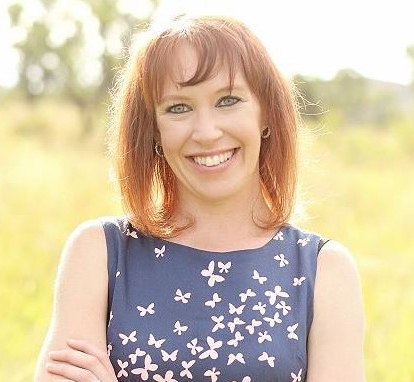S&P Global Offerings
Featured Topics
Featured Products
Events
S&P Global Offerings
Featured Topics
Featured Products
Events
S&P Global Offerings
Featured Topics
Featured Products
Events
Solutions
Capabilities
Delivery Platforms
News & Research
Our Methodology
Methodology & Participation
Reference Tools
Featured Events
S&P Global
S&P Global Offerings
S&P Global
Research & Insights
Solutions
Capabilities
Delivery Platforms
News & Research
Our Methodology
Methodology & Participation
Reference Tools
Featured Events
S&P Global
S&P Global Offerings
S&P Global
Research & Insights
S&P Global Offerings
Featured Topics
Featured Products
Events
Support
14 Apr 2022 | 09:03 UTC
Highlights
Long-term offtake agreement for 420,000 mt/year of HBI to Voestalpine
Plant uses natural gas for DRI, has potential to transition to 100% hydrogen
Voestalpine to use proceeds to reduce net financial debt
Steelmaker ArcelorMittal has agreed to acquire 80% of Voestalpine's share in its hot briquetted iron plant in Corpus Christi, Texas for Eur610 million ($680 million), both companies said April 14 in separate statements.
Voestalpine had been looking at strategic options for the plant, which it said had an enterprise value of Eur900 million, adding that it will retain the remaining 20%.
The two companies also signed a long-term offtake agreement for the supply of 420,000 mt/year of HBI produced at the 2 million mt/year plant.
The supply would provide a basis for further decarbonization of steel production at Voestalpine's Linz and Donawitz greentec steel sites in Austria, where it is planning to put electric arc furnaces into operation in early 2027 to reduce carbon emissions by around 30%, representing almost 5% of Austria's annual carbon emissions, Voestalpine said.
The remaining production will be delivered to third parties under existing supply contracts and to ArcelorMittal facilities, including AM/NS Calvert in Alabama after it commissions its 1.5 million mt/year EAF in the second half of 2023, ArcelorMittal said.
"The partnership reduces the high spot market risk for the quantities not required," Voestalpine said.
The HBI plant started operations in October 2016 and cost Eur870 to build. Voestalpine had to make some unplanned write-offs totaling Eur372 million in 2019 and 2020 in response to a difficult market environment. However, it said the subsidiary had gradually stabilized the business model since.
The plant currently uses natural gas to directly reduce iron ore pellets to HBI with an iron content of over 91% and also has the potential to transition to 100% hydrogen. It also has its own deep-water port.
The direct reduction of iron ore is used to make HBI, a compacted high-quality feedstock, which is then used to produce high steel grades in an EAF, but can also be used in blast furnaces using lower coke consumption, ArcelorMittal explained.
It added that direct reduction iron and HBI were expected to play a prominent role in the steel industry's decarbonization.
ArcelorMittal already has around 9 million mt/year of DRI production capacity that would increase to around 15 million mt/year when AM/NS India is included. It plans to build additional DRI and EAF capacity at its Belgian, Canadian, French and Spanish operations at a combined investment of $5.6 billion.
The ArcelorMittal group aims to reduce its CO2e emissions intensity by 25% by 2030 and by 35% by 2030 in Europe.
The strategic acquisition would accelerate ArcelorMittal's progression to producing high-quality metallic feedstock for EAFs and its global decarbonization journey, ArcelorMittal CEO Aditya Mittal said.
"This acquisition will further strengthen our position and guarantee security of supply to AM/NS Calvert, while our experience will bring significant value to the asset," Mittal added.
"This transaction secures our supply of HBI over the long term, allows us to develop the business model in Texas together with our partner, and to continue with our promising decarbonization and green steel production plans," Voestalpine CEO Herbert Eibensteiner said.
Voestalpine plans to use the proceeds from the sale to reduce net financial debt and expects to raise its EBITDA slightly in the 2021-22 financial year from Eur2.2 billion to slightly below Eur2.3 billion, without taking the transaction into account.
"The raw materials plan continually being developed by Voestalpine, which is based on scrap, liquid pig iron and HBI, also enables the future production of green high-tech steels for immediate and future use in sectors including the automotive and railway industries," says Eibensteiner.
Voestalpine plans to produce steel using hydrogen in the long-term and wants to be climate-neutral by 2050.
Gain access to exclusive research, events and more

